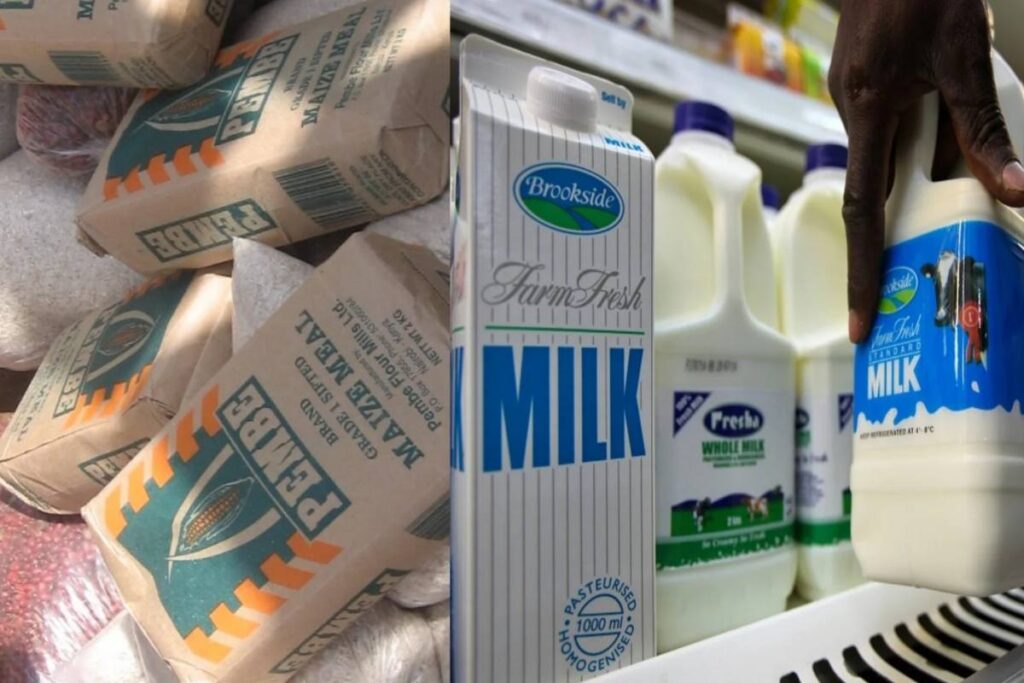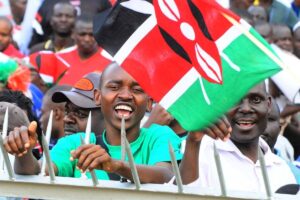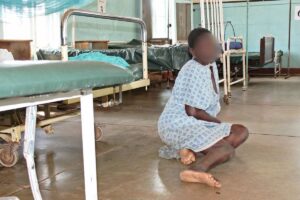We are living in hard economic times. The United Nations Conference on Trade and Development (UNCTAD) projects that global economic growth will drop to 2.2% this year. This will cost the world more than $17 trillion, which will continue wiping away thousands of jobs every month.
Against this backdrop, Kenya must act speedily and innovatively. In this regard, localization is the way forward. Indeed, localization can create one million decent jobs in one year.
Last November, Moses Kuria the Trade, Investment and Industry Cabinet Secretary said in a TV interview that he would create five million jobs in the local textile industry.
I agree entirely with the CS’s assertion because I am a firsthand witness of what localization can do. Last week, Honda Kenya produced the first 103 motorbikes with 14 local parts as required by Kenya’s Motorcycle Assembly Regulations 2020. Other assemblers have also started similar production. Previously all assemblers were required to produce only seven parts. Just a few years ago, those 14 parts would have been imported, which would have siphoned jobs from Kenya while creating them in the exporting countries.
Once all dealers comply with the Motorcycle regulations, at least 5,000 permanent jobs will be created within four months. A regular boda boda bike has about 299 parts. This is therefore a monumental starting point towards deploying widespread localization to create thousands of decent jobs.
These gains have been secured by the concerted and intentional public participation process through the Government, industry players and all stakeholders in the motorcycle sector in a journey that started in 2014. Embarrassingly few motorcycle producers from Asia hiding behind local assemblers have vowed not to embrace localization under the guise that Kenya doesn’t have capacity to produce parts locally. Ultimately, they want to retain jobs in their countries and therefore using our law court system to delay the spirit of our motorcycle assembly regulations. This must be resisted with umph because capacity is never there, it is created. Such is the strategic approach that will boost localization in other sectors of our economy.
Localization can be explained in three words – made in Kenya. Since independence, Kenya has aspired to boost local manufacture. We must now entrench localization not just in the manufacturing sector, but also in our national psyche and social fabric for sustainable growth.
Every single product that we use can be locally manufactured once we take both incremental and revolutionary steps.
For localization to work, we must raise our entire local manufacture ecosystem to global standards. This includes internationally competitive supply chains.
Low value addition cannot fetch optimal returns. For instance, if we only processed low grade tea, we would not be reaping the high profits that our high grade tea fetches. The same must apply all locally manufactured products. They must serve both low and high end markets. China had perfected this approach, hence the success of its global market reach.
High value addition will grant us express access to high end markets and in so doing attract substantially increased foreign direct investments.
Are our local firms and industries ready to manufacture world class products? Is there a highly skilled workforce that can execute the vastly increased quantity and quality of these products? To what extent will local capital fund new investments towards a revamped local manufacturing sector?
These questions demand an urgent yet honest and elaborate national conversation that will results in the enactment of a comprehensive localization policy that will further complement the Kenya Industrialization Policy (KIP) of 2017.
Since there already exists a draft localization policy I suggest that we objectify it to ensure that the full force of Kenya’s human and financial resources will be fully deployed to boost local manufacture. Indeed, the one million jobs in one year is a distinct possibility once we move from plan to action. Think green, act green!




3 Comments. Leave new
Dr.Isaac from look of things, you are a good leader.Through your foundation we can create the qouted number of jobs to many youth’s..#keep the environment green by planting 🌲 🌲
Good morning and a blessed Sunday to all,
Through,
The Green movement foundation , Ambs.James Gumbau,
Dear Dr. Green I. Kalua.
By invocation of SDG 17, FC Dynamo appreciates the efforts of this noble initiative to actualize SDG 13 of Climate Action not only in our region. But globally.
FC Dynamo is a sporting group of youth drawn from diverse backgrounds but domiciled at the heart of Kitui town for a sporting venture.
We embrace a number of the sustainable Development Goals of vision 2030 that connect to sporting activities to foster a realistic livelihoods for our youths.. e.g
SDG 1. no Poverty
SDG 3. Good health & wellbeing
SDG 5. Gender equality
SDG 8. Decent work & Economic growth
SDG 13. Climate Action.
On behalf of the team, I humbly refer you to their earlier request to partner in some activities touching on SDG 1, 8 & 13.
we can do a green perimeter around the Kitui Stadium for conducive sporting environment for all.
Localization as opined by Dr Kalua is surely the way to go. Made in Kenya products and for local and export market should be a dream come true sooner than later to lift millions of Kenyans from poverty